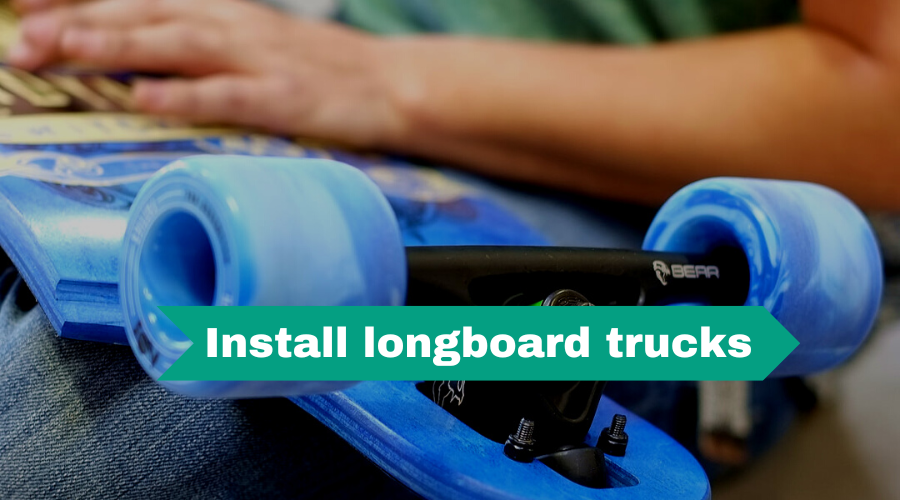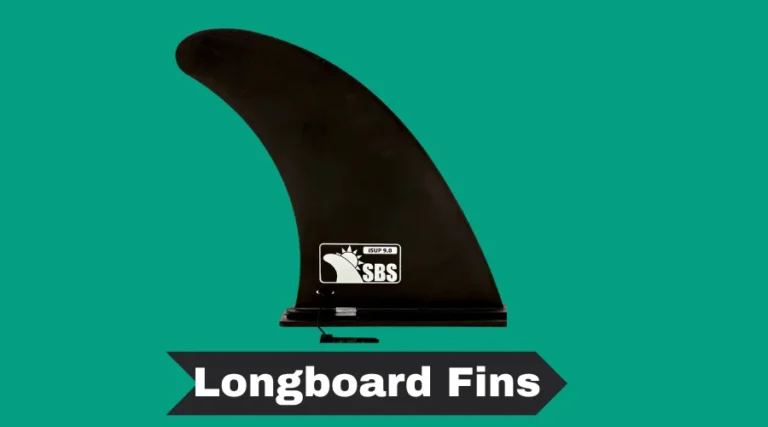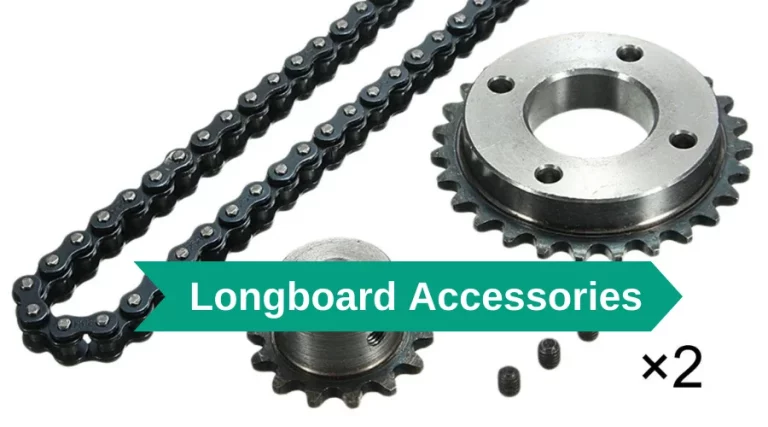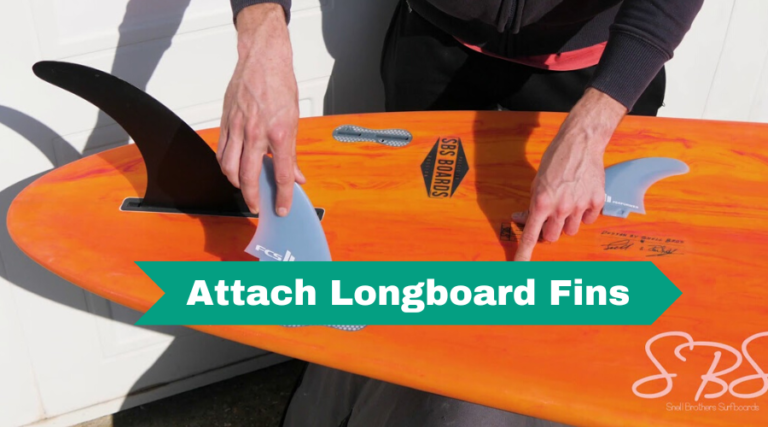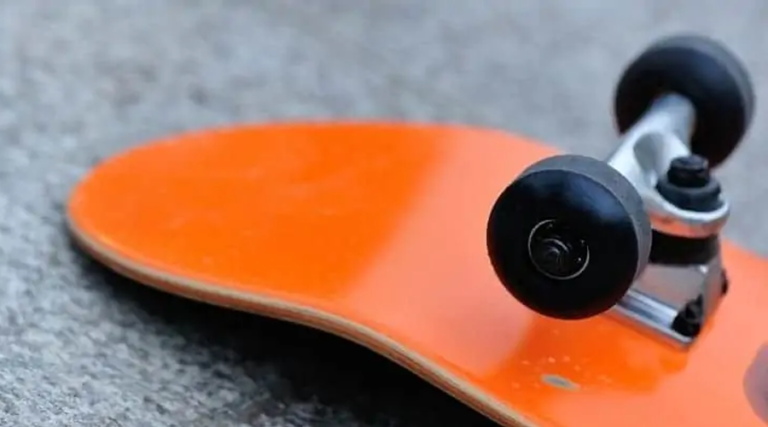How to Install Longboard Trucks? (Truck Placement)
Longboarding is an exciting way to cruise around town, hit the hills, or travel down the long and winding roads. But before you can enjoy the ultimate longboarding experience, you need to know how to install its vital components—the trucks.
Trucks are a pivotal part of any longboard and connect the deck to the wheels, allowing you to steer and carve while riding. For beginners, installing longboard trucks may seem intimidating, but with the right guide, you can master this skill in no time.
My Criteria for selection: I research the top rated products. Read all positive and negative reviews. I also interact with those having the product. Finally, indicated by my tests and drawing from my experience, I rate the products.
So buckle up your seat belts and get ready to learn how to install your longboard trucks like a pro!
Longboard truck placement
Gather the necessary hardware and tools
Before installing longboard trucks, it is important to gather all the necessary tools and hardware. The basic hardware needed includes four screws and nuts for each truck, as well as a T-tool or skate tool for adjusting the trucks.
It is also important to have a screwdriver on hand. In addition, it is recommended to have a clean workspace and a rag or towel to wipe down the deck.
Remove old trucks
After gathering all the necessary hardware and tools, the next step in installing longboard trucks is to remove the old ones.
This includes unscrewing the bolts that are holding them in place. It is important to keep these bolts in a single location to avoid losing them during the process. Once these bolts are loosened, gently pull the trucks off the longboard.
The deck should then be cleaned and prepared for installation. With the old trucks removed, the stage is set for installing the new ones and customizing the ride to your liking.
Clean the deck and prepare for installation
Once you have removed your old trucks, the next step in installing longboard trucks is to clean the deck and prepare it for installation. This involves removing any debris or residue from the old trucks and grip tape. You can do this using a skate tool or a soft brush, and be sure to get into all the nooks and crannies.
Once you have cleaned the deck, you need to locate the truck mounting holes and align them with the baseplate. It is important to make sure the holes are clear of any dirt or debris that could interfere with the installation.
Install the baseplate
Begin by inserting four bolts into the four holes on one side of the baseplate from the top side of the board. Repeat this process for the second baseplate. Once both baseplates are mounted, it is time to reassemble the trucks.
Slide the bottom washer, usually used on the boardside, onto the kingpin first. This washer supports your weight and helps limit the trucks’ lean.
For a mellow setup, make sure your front truck matches the rear axle, which is typically modeled around 180mm in length. Then, push the top side of the adapter to the side and insert your four bolts through the adapter and baseplate of your truck.
Double-check that everything is lined up correctly and tighten the nuts and bolts securely.
Mount the kingpin and bushings
Use a T-tool to undo the kingpin nut and remove the top bushing. Once it is removed, pull off the hanger and keep all the bushings, washers, and components neatly organized. Now, put the bottom barrel-shaped bushing onto the washer and slide it onto the kingpin.
The conical-shaped bushing should go on top of the washer. Finally, place the hanger back onto the kingpin and bushings, making sure the bushings and kingpin face inward.
Tighten the kingpin nut and repeat the process on the other truck.
Insert the hanger
The hanger houses the axles, where the bearings/spacers/speed rings sit. Remember that the kingpin side of the truck should be facing the inner side of the skateboard while the hanger side should be on the outside.
For longboard trucks, the kingpin faces outward since they use reversed kingpins. Once the hanger is inserted, it is essential to align the trucks on the deck correctly.
Align the trucks on the deck
To align the trucks, put your deck on the ground and visualize a straight line through the center of the board. Make sure that the hangers of your trucks line up perfectly with this imaginary line. Use a ruler or measuring tape to double-check each truck’s placement.
It is a small detail, but it can make a significant difference in your ride quality.
Tighten the nuts and bolts
This can be done using a skate tool or an adjustable wrench.
It is important to attach the nuts to the screws to hold the trucks loosely in place until they can be fastened securely.
Once all four bolts are through, add the nuts and use a Phillips or Allen head to keep the bolt from spinning.
It is essential not to overtighten as it can increase the chances of cracking the truck and causing the screw to pull out.
The best way to tighten the nuts and bolts is by using a skate tool. Remember that every skateboard and longboard comes with eight nuts and bolts that are adjustable.
Once the nuts and bolts are tightened, the trucks should be aligned on the deck. After adjusting the truck, be sure to double-check the installation and test it out.
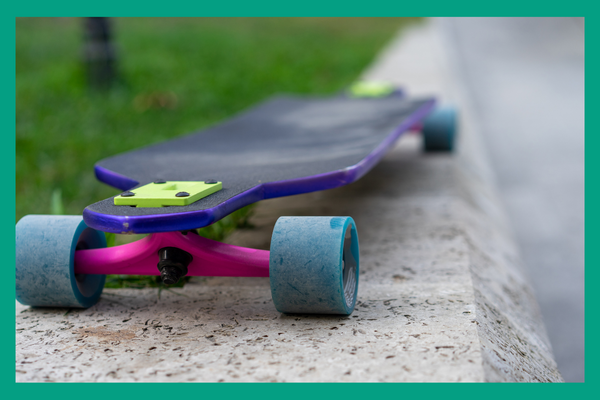
Adjust the truck to personalize the ride
Adjusting the tightness of the kingpin is the most significant factor in the ride’s behavior when turning. Tightening the kingpin makes the trucks less responsive and stable at high speeds, whereas loosening it increases maneuverability and turning ability.
Riders can find their sweet spot by testing out different levels of tightness. Additionally, changing the position of the bushings can affect the flexibility and responsiveness of the trucks. A softer bushing will make the ride smoother and easier to turn, while a harder bushing offers more stability and control.
Riders should experiment with different combinations to find the right balance that suits their style and preferences. Lastly, experimenting with angled risers can also affect the ride’s responsiveness and control.
Double-check the installation and test it out
Once you have finished installing your longboard trucks, it is important to perform a thorough inspection and test run to ensure that they are properly mounted and tightened.
The double-checking process involves examining each bolt, nut, washer, and bushing for any signs of looseness or damage. It is also important to test ride the board on a flat surface and perform a few turns to see how the trucks respond.
Before hitting the road, make sure to personalize your ride by adjusting the trucks according to your weight, riding style, and terrain. If you feel any wobbling or the board is difficult to turn or control, consult with a professional or experienced rider.
Frequently Asked Questions
Are longboard trucks universal?
Longboard trucks come in different sizes and shapes to fit specific longboard styles and riding preferences. However, some longboard trucks are universal to fit various longboard and skateboard setups.
The Dragon Axle Nuts Skateboard sets, for example, can fit both reverse kingpin (RKP) and traditional kingpin (TKP) skateboard and longboard trucks. It is crucial to check the manufacturer’s specifications and compatibility before purchasing the trucks to ensure a proper fit and safe ride.
Can you put longboard trucks on a skateboard?
Yes, you can put longboard trucks on a skateboard, and many skateboarders choose to do so for a more stable ride. To make the switch, you will need longboard wheels, riser pads, and new hardware. L
ongboard truck hangers are typically wider to accommodate the difference in deck width. However, replacing the trucks can affect the wheelbase, which influences your board’s performance.
It is also essential to note that longboard trucks are designed for longboards, so it’s not recommended to use them on a regular skateboard. However, if you’re determined to use longboard trucks on your skateboard, make sure the deck size is compatible, and that you gather all the necessary hardware and tools for proper installation.
Do you need speed washers?
Speed washers are essential components that every skateboarder must have. They are small but vital parts that go between the bearings and the axle nuts. Their primary purpose is to decrease the friction that occurs when the wheel rubs against the metal truck.
With speed washers, the wheels can spin faster and smoother, and this translates to better speed and performance. Not only do speed washers provide a better ride, but they also increase the longevity of your bearings. Without them, the bearings will wear out quickly due to overheating and increased friction.
What are baseplate (truck) angles?
Baseplate angles refer to the angle of the baseplate of a longboard truck. This angle affects how quickly and easily the truck turns and how stable it is. Generally, a higher angle is better for doing tricks, while a lower angle is better for cruising and stability.
What bushings should you have for a longboard?
Bushings are an important component of a longboard and should be selected based on the type of riding that you do. Generally, softer bushings are better for carving and turning, and harder bushings are better for downhill riding. The type of bushing and the durometer should be tailored to your individual riding style and preferences to maximize performance and comfort.
What if trucks and deck holes of a longboard don’t match?
If the trucks and deck holes of a longboard don’t match, it won’t be possible to attach the trucks to the deck. This could lead to instability and make the longboard difficult to control. It is important to ensure that the trucks and deck holes match in order to make sure the longboard is safe to ride.
Which longboard hanger size should you go with?
The size of the longboard hanger you should go with depends on the size of your board. Smaller hangers are suitable for smaller boards, while larger hangers are best for larger boards. It’s important to measure the width of your board and select a hanger that is at least a few inches wider so that your board is securely held in place.
Which way do you install longboard trucks?
When installing longboard trucks, the front truck should be mounted first. This is done by placing the baseplate on the underside of the board and screwing it into place. Then the hanger is placed on the baseplate and secured with the kingpin. Finally, the wheel and axle nuts are attached to the hanger.

I am a longboarding enthusiast and a blogger. On this blog, I share tips, tricks, and advice based on my experience. I am dedicated to helping newbies improve their skills and enjoy this fun activity to the fullest.
Disclosure:This post may contain affiliate links. If you click on a link and make a purchase, we may earn a commission at no additional cost to you. Learn more.

